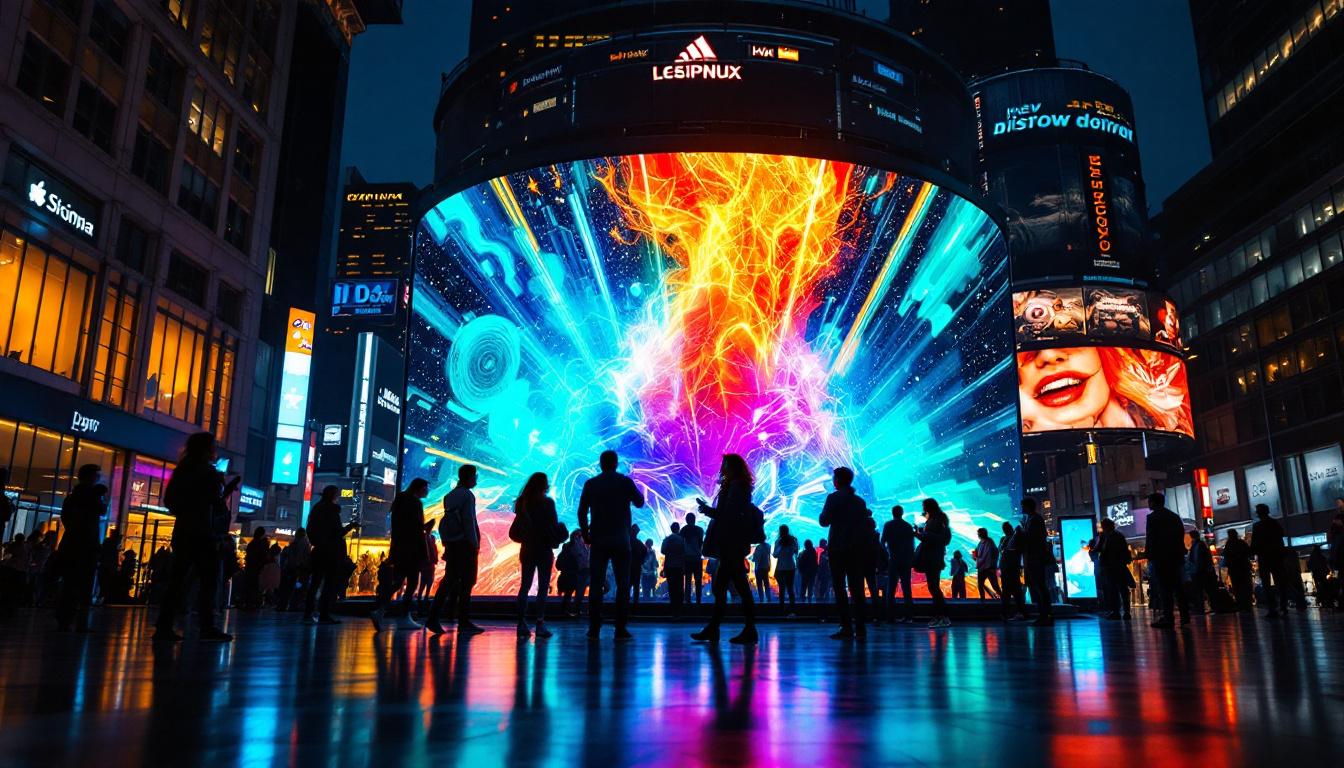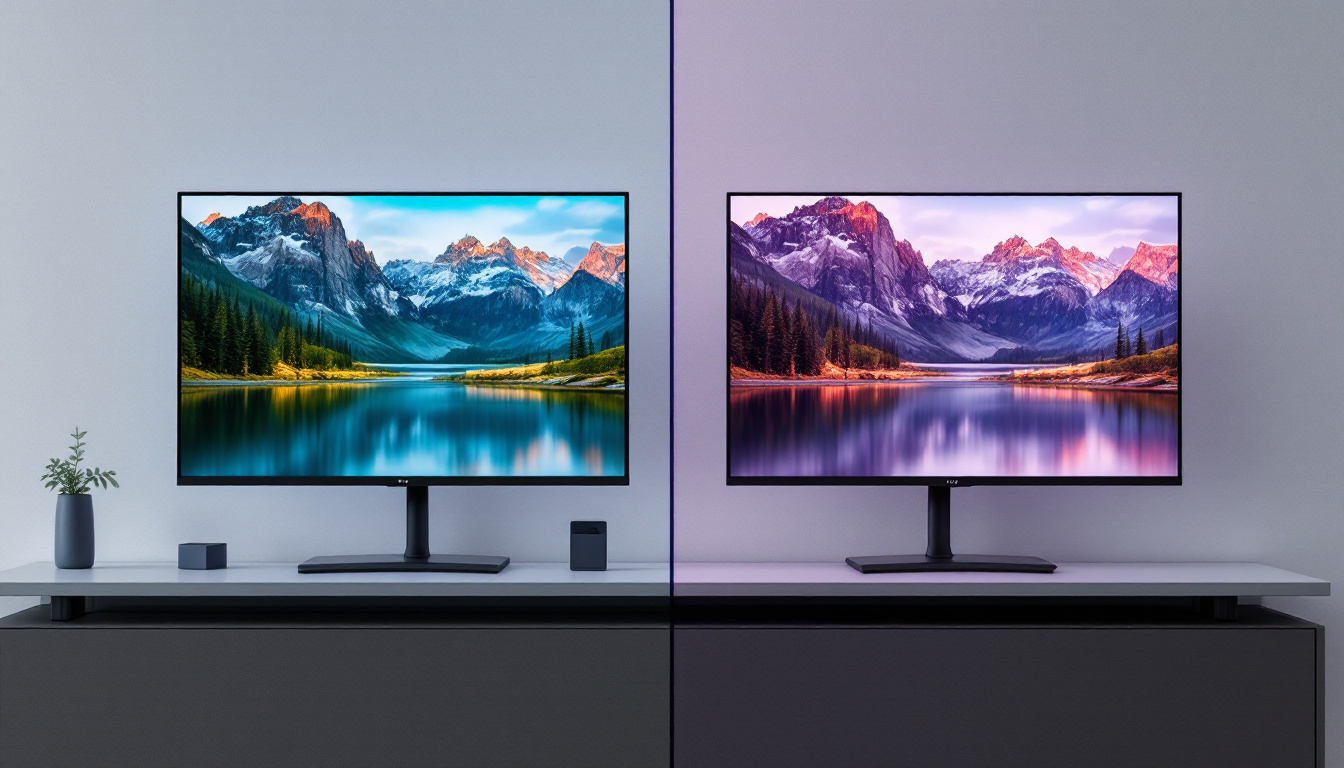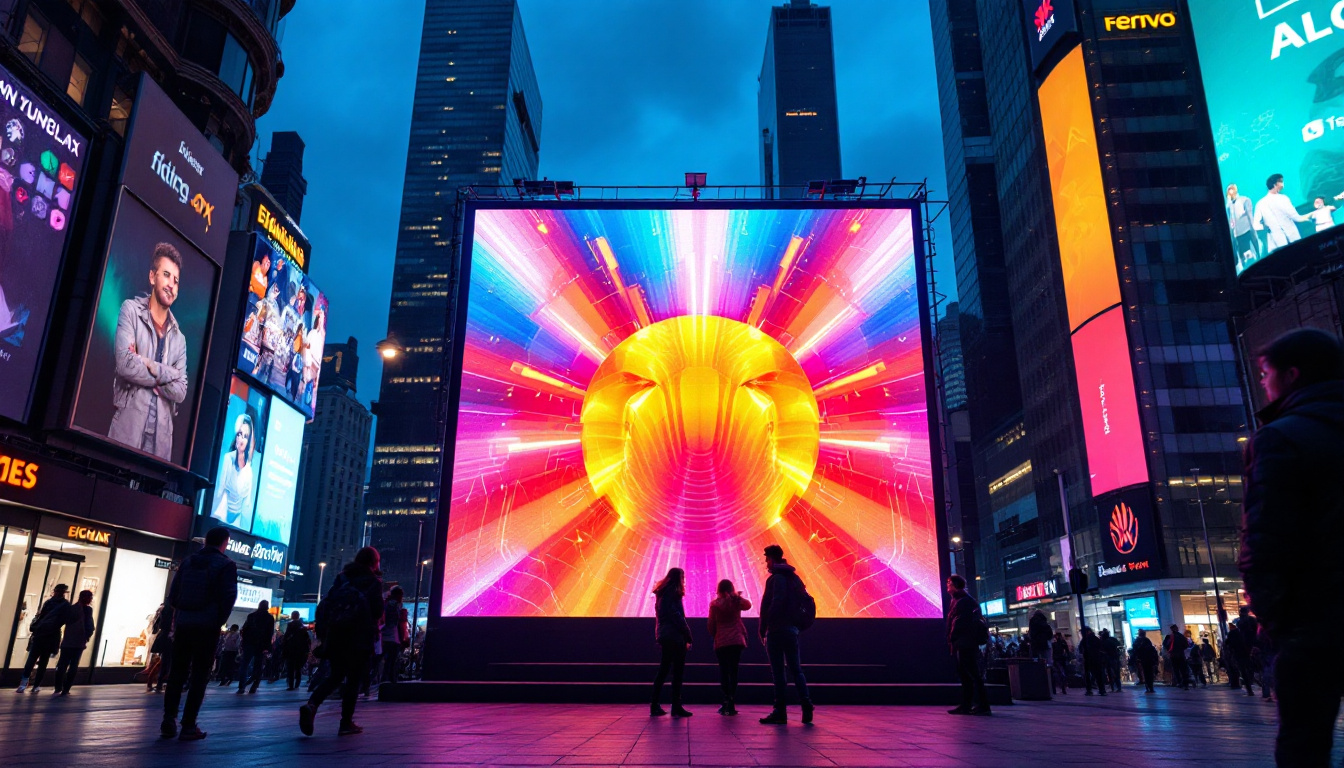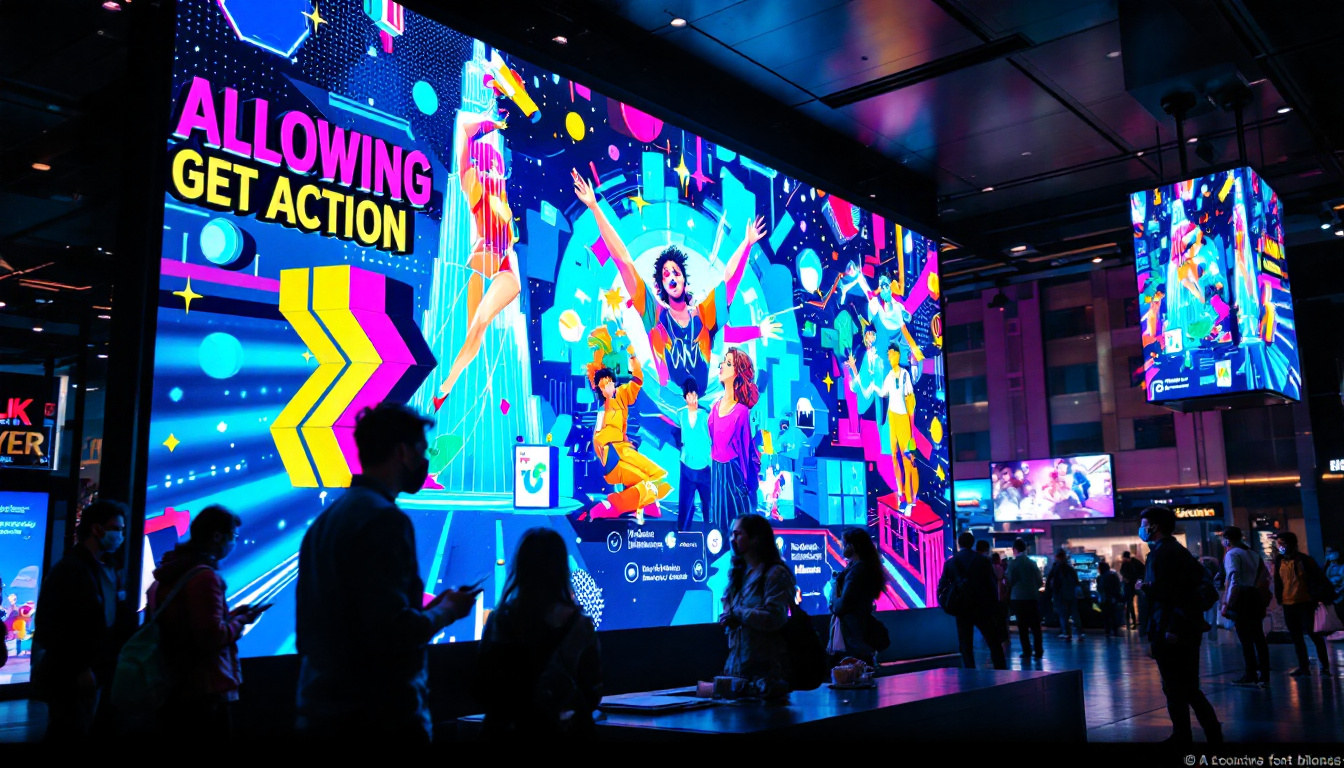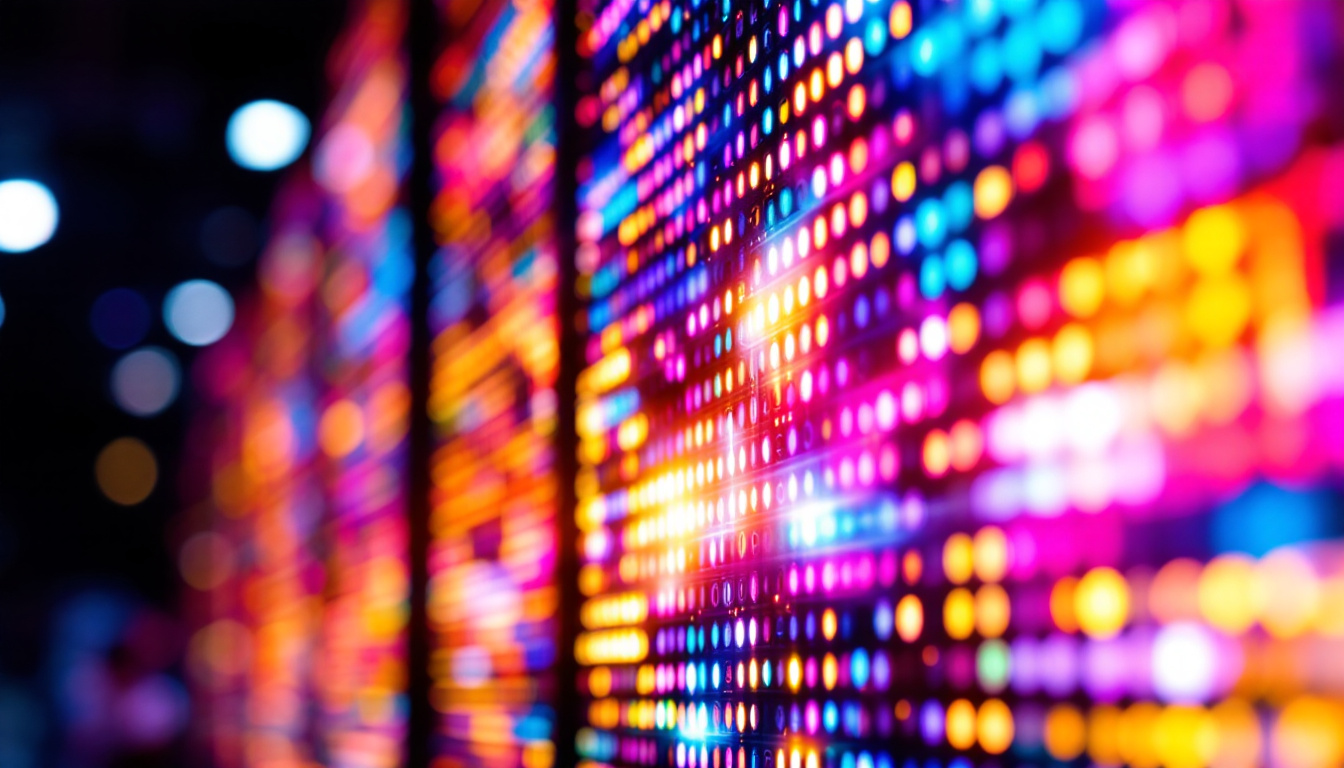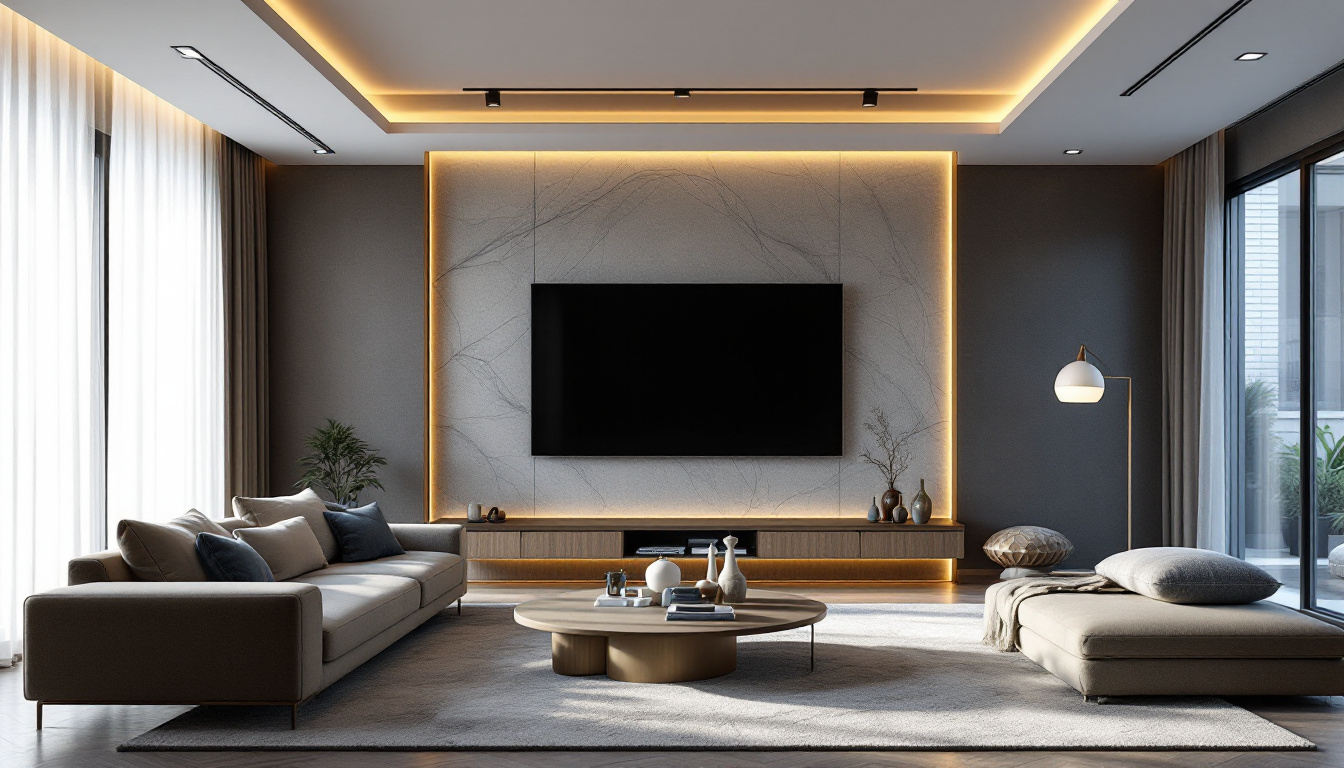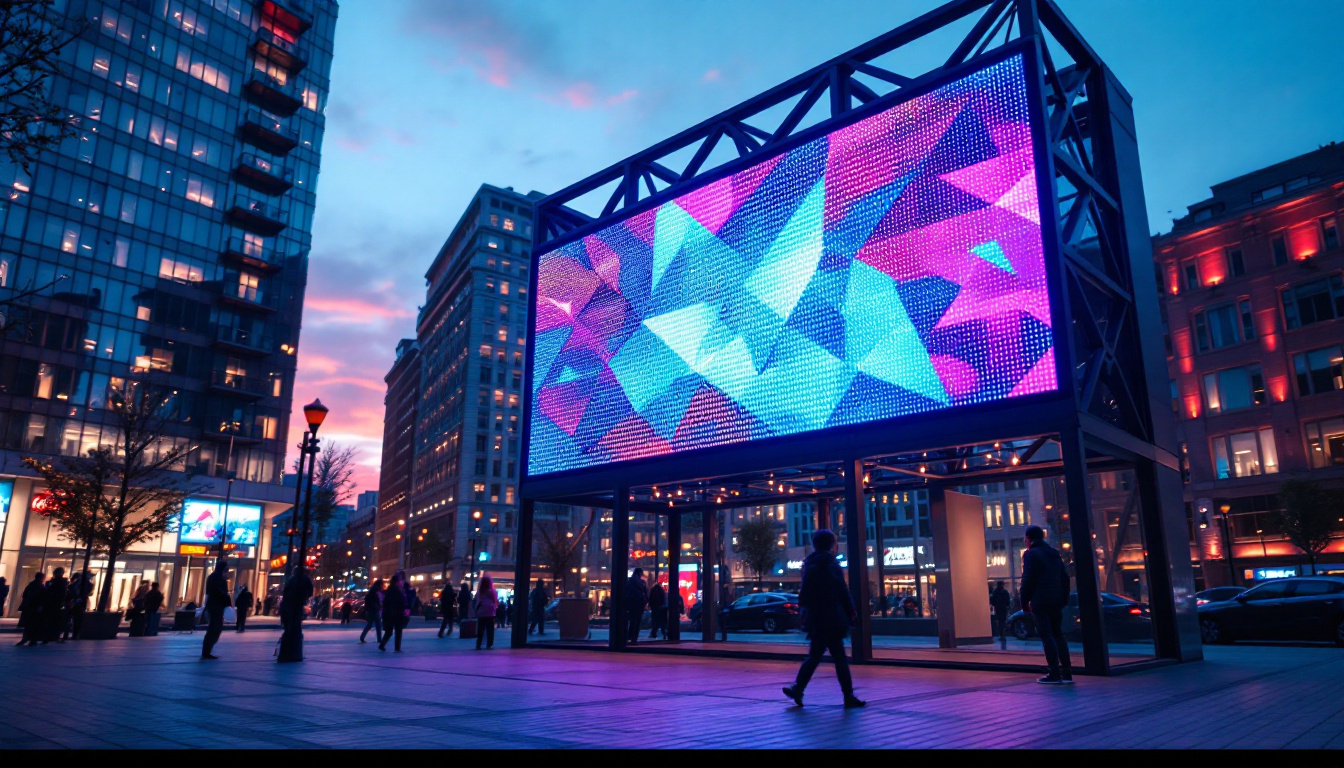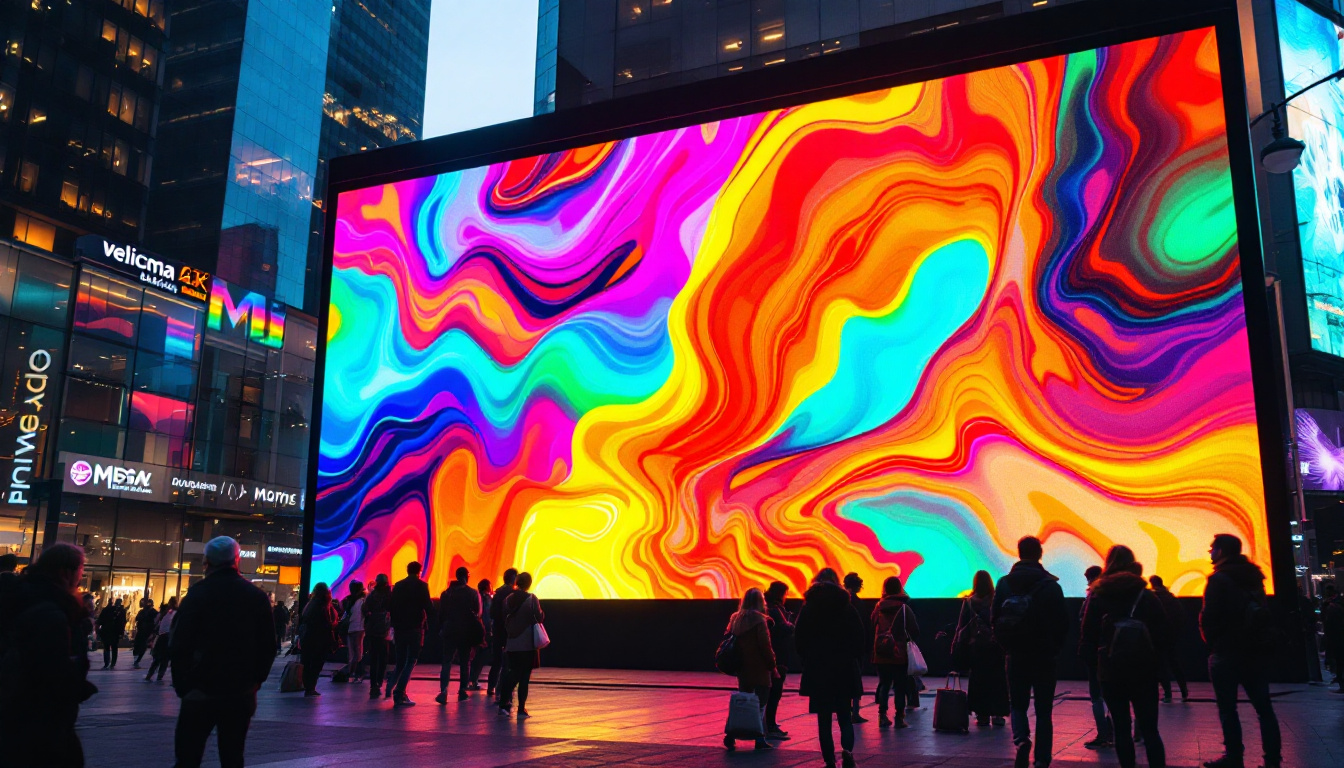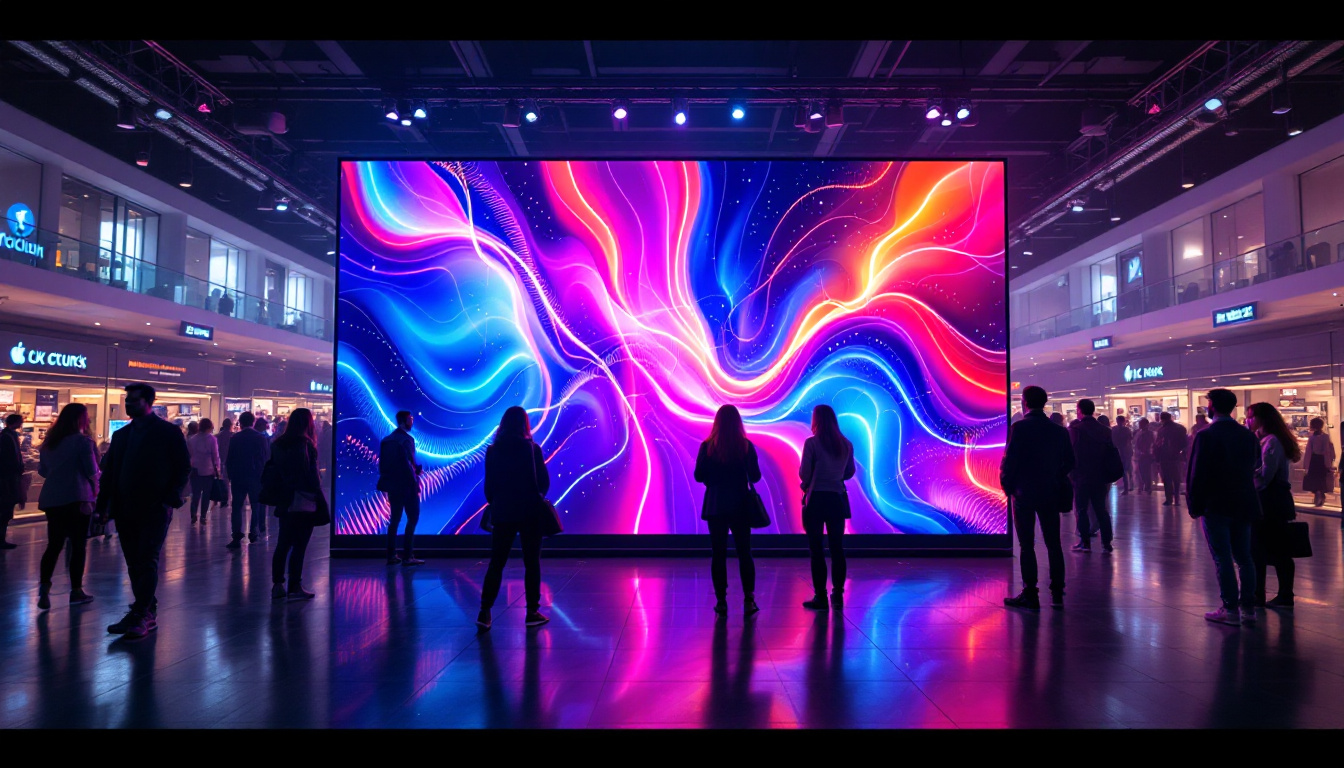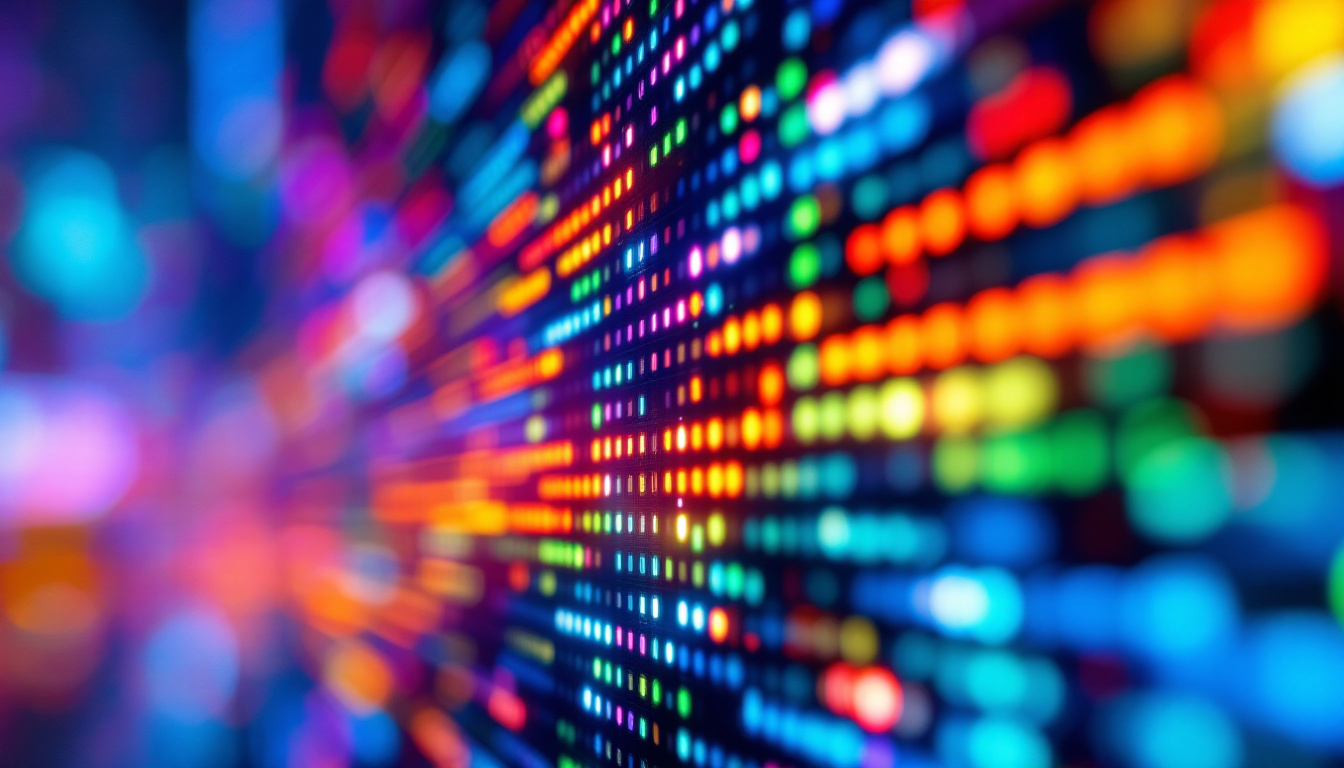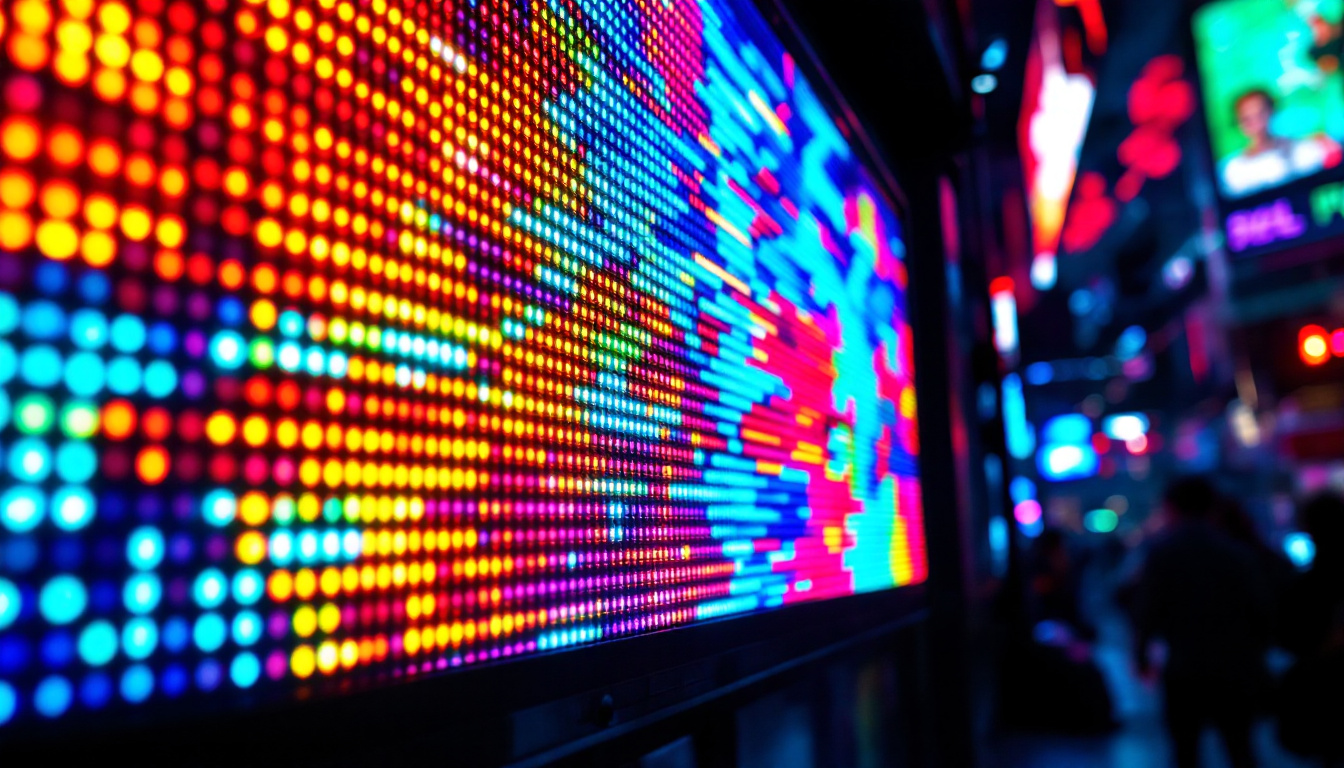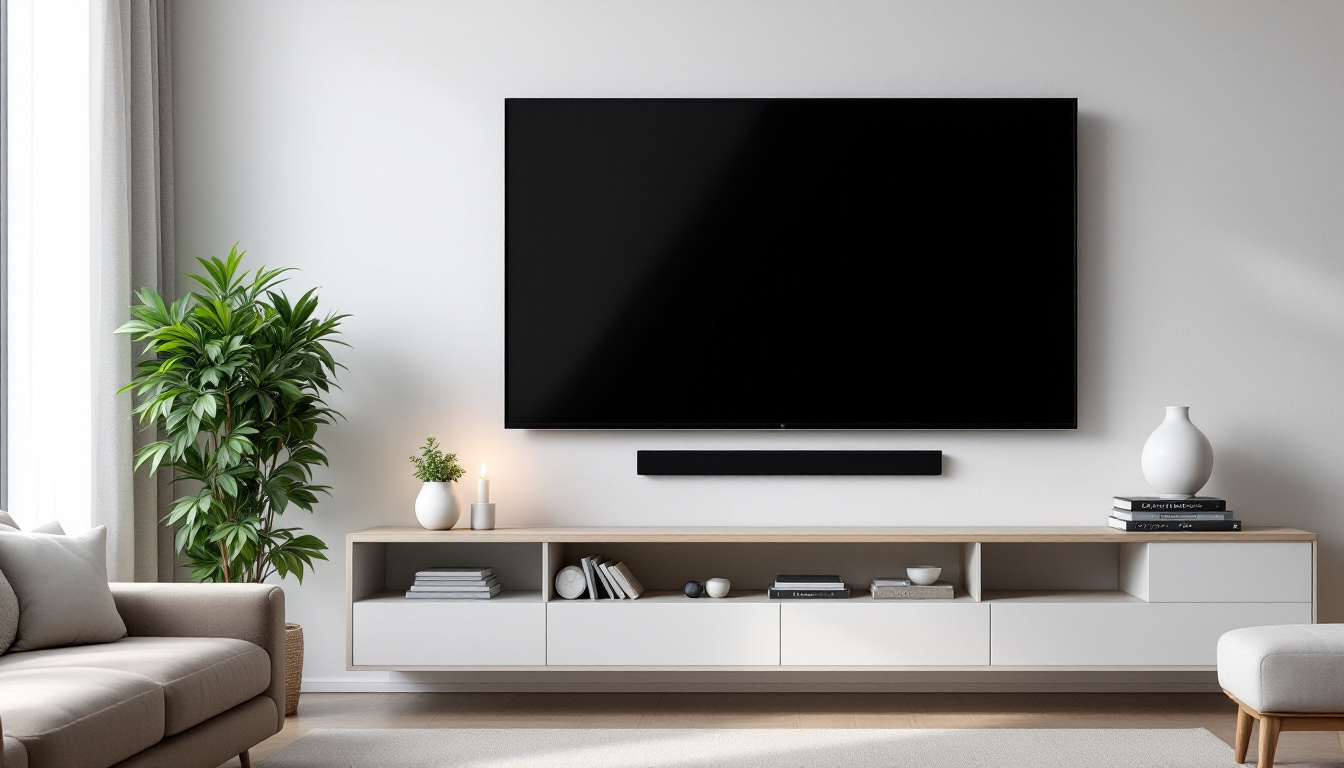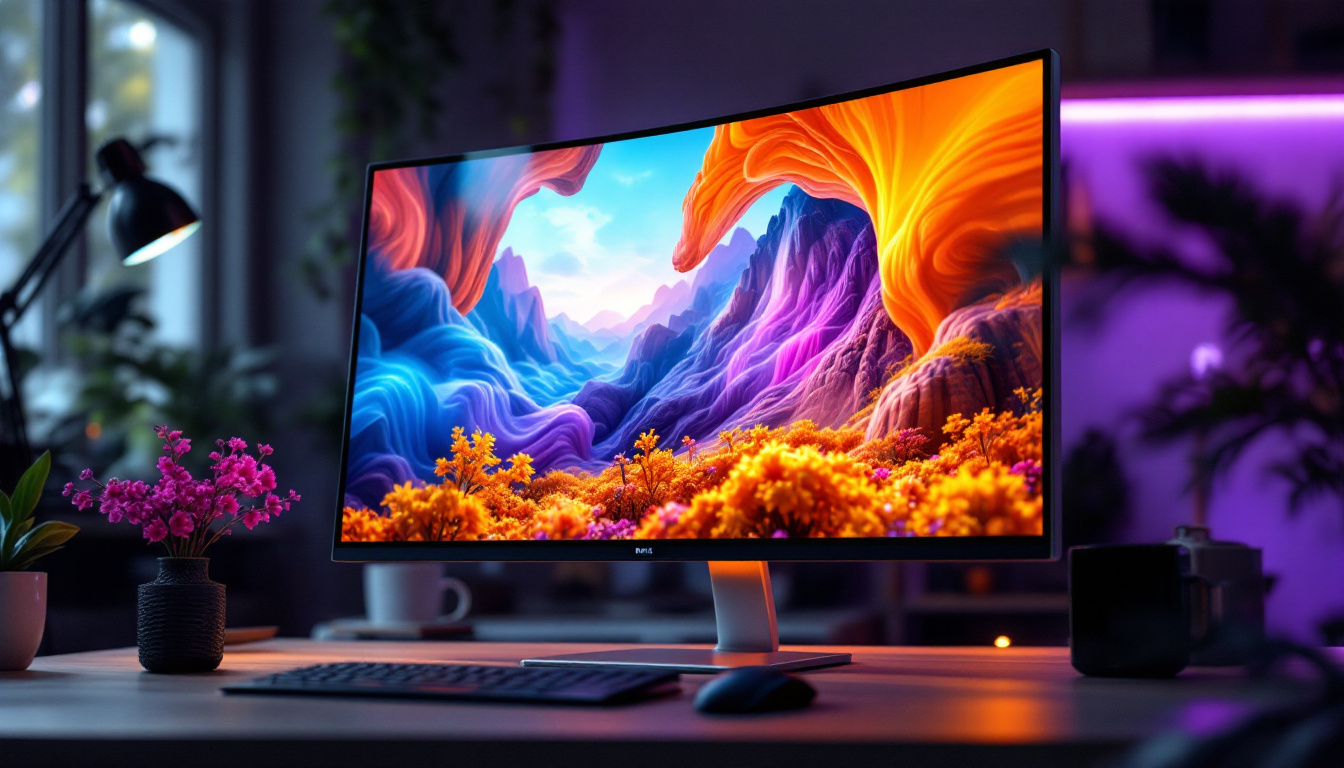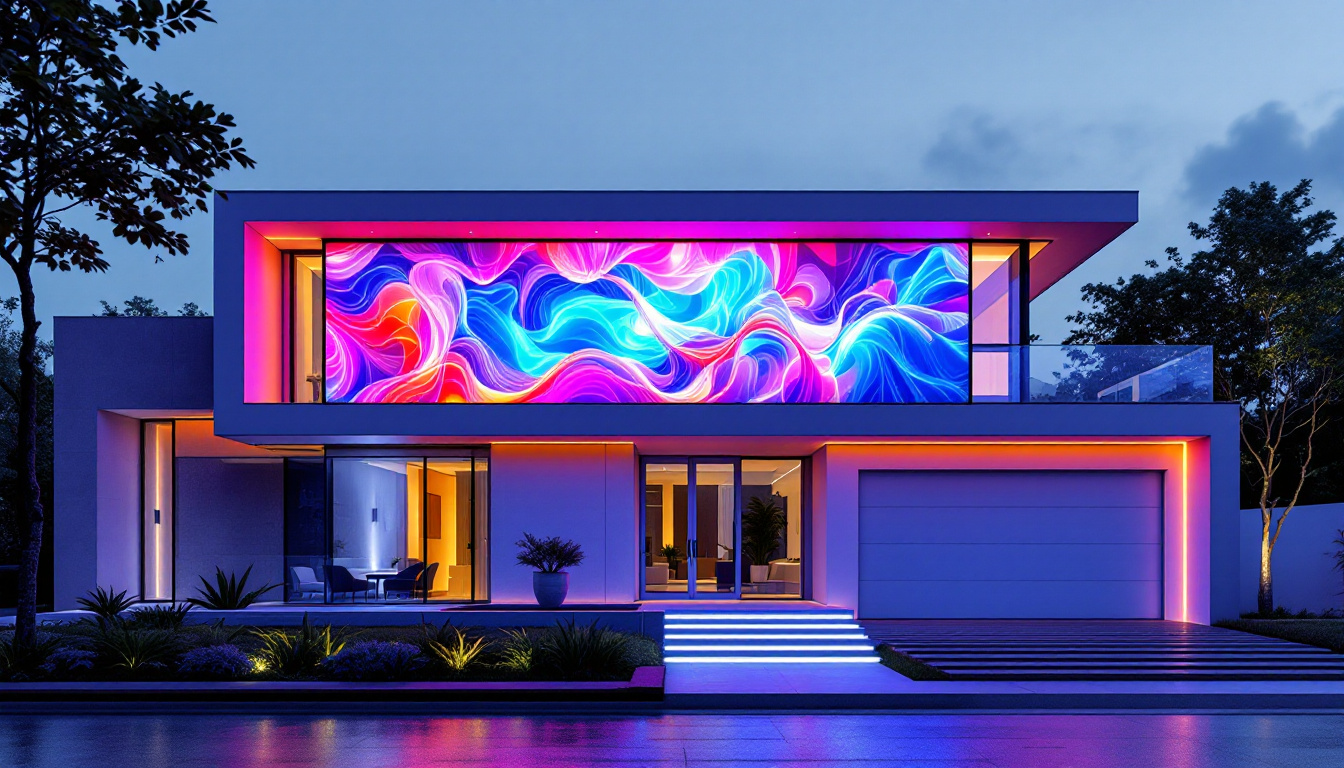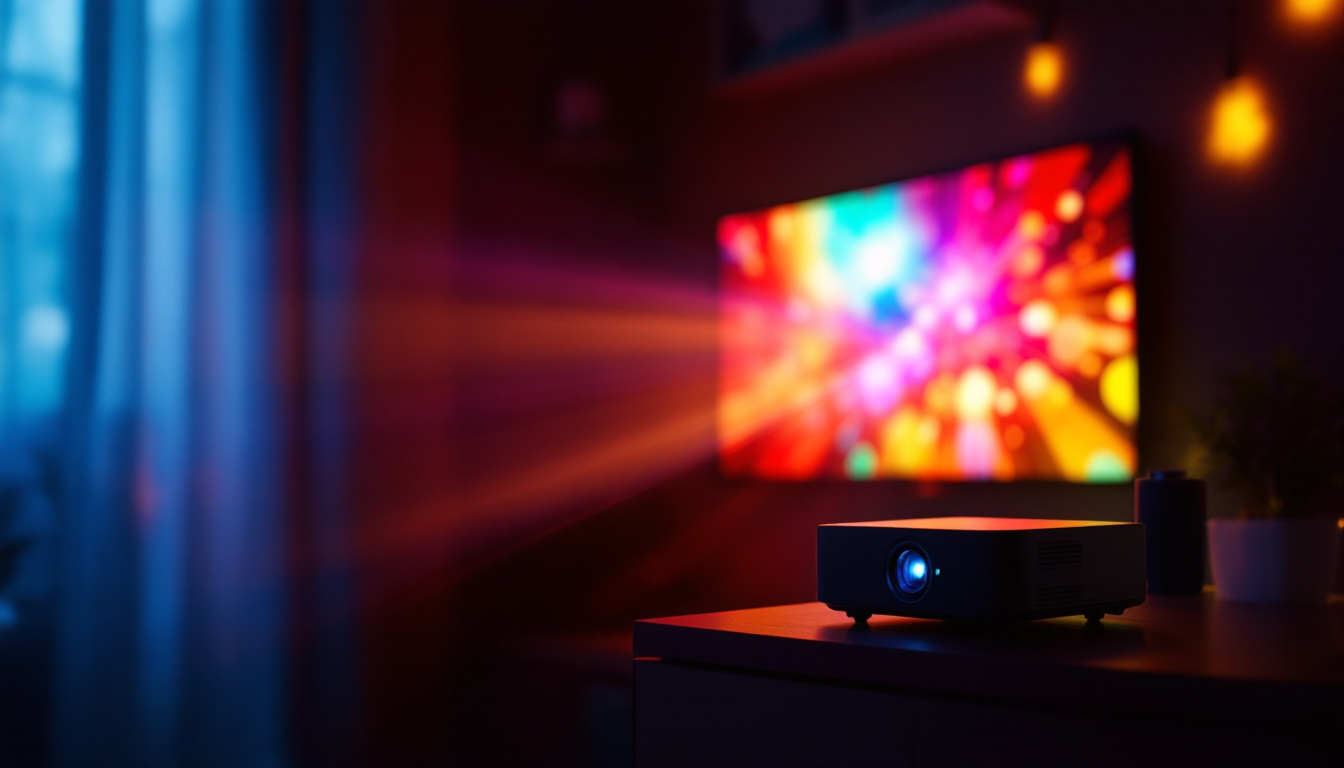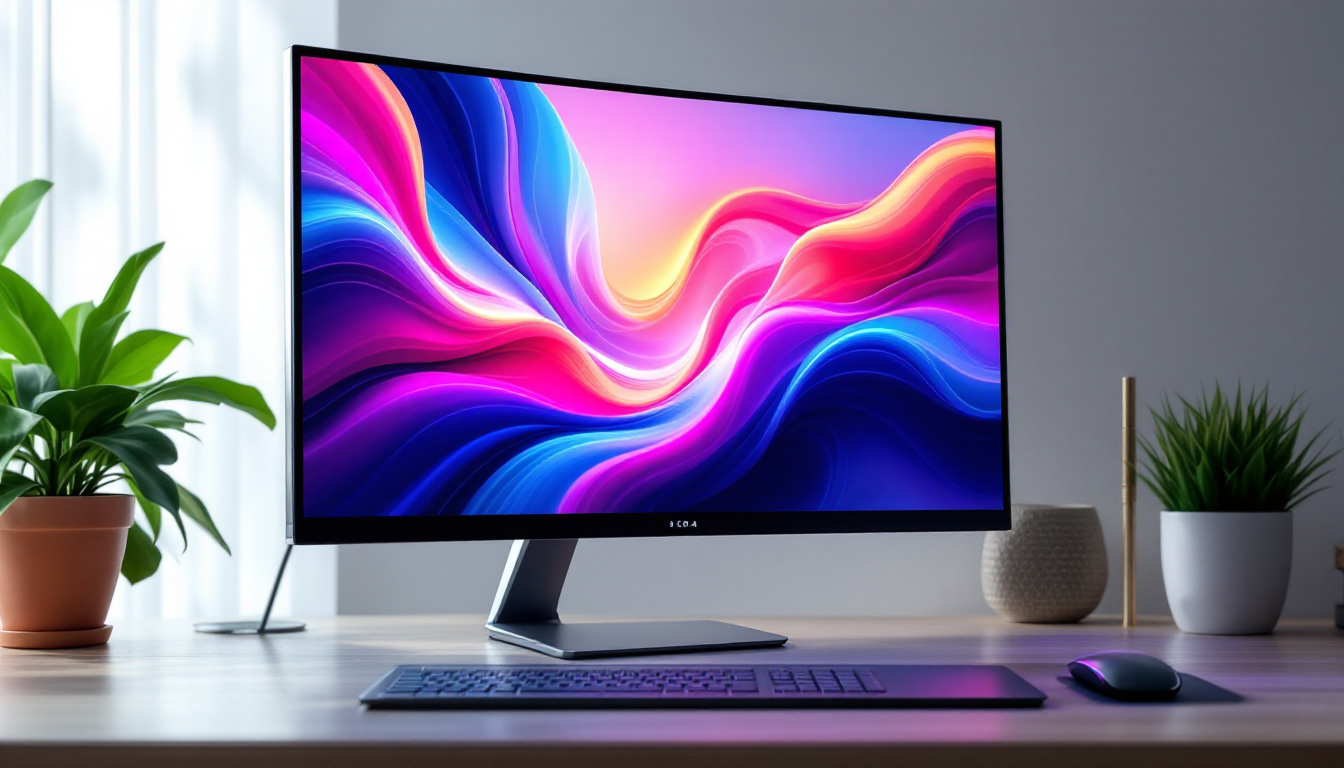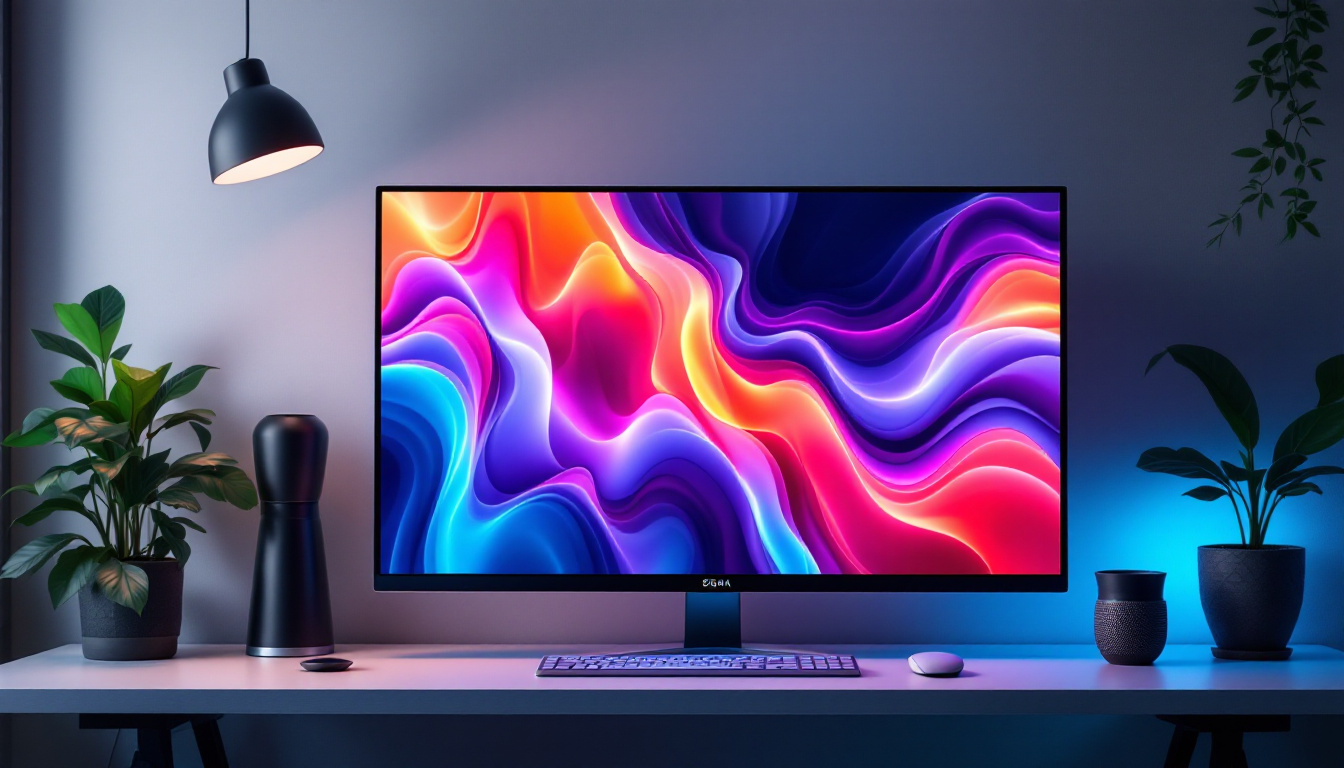Large LCD Display: LED Display Explained
In the world of modern technology, large LCD displays have become a staple in various settings, from homes to corporate environments. These displays are often praised for their clarity, brightness, and energy efficiency. However, many users may not fully understand the underlying technology that makes these displays work. This article aims to demystify large LCD displays, particularly focusing on LED technology and its implications for performance and usability.
Understanding LCD Technology
Liquid Crystal Display (LCD) technology has revolutionized the way we view images and videos. Unlike traditional cathode-ray tube (CRT) displays, LCDs use a combination of liquid crystals and light to produce images. The liquid crystals themselves do not emit light; instead, they manipulate light from a backlight source. This fundamental difference is crucial in understanding how large LCD displays function.
How LCD Works
At its core, an LCD consists of several layers. The first layer is the backlight, which provides the necessary illumination. Behind the liquid crystal layer, there are polarizing filters that control the light’s passage through the crystals. When an electric current is applied, the liquid crystals align in such a way that they either block or allow light to pass through, creating images on the screen.
This technology allows for a thinner and lighter display compared to CRTs, making LCDs ideal for large screens. Furthermore, LCDs are capable of producing vibrant colors and sharp images, which is why they have become the preferred choice for televisions, computer monitors, and mobile devices. The precision with which the liquid crystals manipulate light also contributes to the high resolution that modern LCDs can achieve, making them suitable for everything from graphic design to gaming.
Advantages of LCD Displays
One of the primary advantages of LCD technology is its energy efficiency. Compared to older display technologies, LCDs consume significantly less power, which is particularly beneficial for large displays that are often used for extended periods. Additionally, LCDs produce less heat, making them more comfortable to use in various environments. This energy efficiency not only translates to cost savings on electricity bills but also contributes to a reduced carbon footprint, aligning with the growing demand for sustainable technology.
Another advantage is the reduced footprint. Large LCD displays can be mounted on walls or placed in tight spaces without the bulkiness associated with CRTs. This versatility makes them suitable for a range of applications, from digital signage to home entertainment systems. Moreover, advancements in LCD technology have led to the development of ultra-thin models that can be seamlessly integrated into modern interior designs, enhancing both aesthetics and functionality. As a result, LCDs have become a staple in both commercial and residential settings, providing users with an immersive viewing experience while maintaining a sleek and modern look.
What is LED Technology?
Light Emitting Diode (LED) technology is often mentioned in conjunction with LCD displays, leading to some confusion about the two. While LCD refers to the display technology itself, LED refers to the type of backlighting used in many modern LCDs. Understanding this distinction is essential for anyone looking to purchase or utilize a large LCD display. LED technology has revolutionized the way we perceive visual content, providing not just a brighter image but also a more energy-efficient solution compared to older technologies.
Types of LED Backlighting
LED backlighting can be categorized into two main types: edge-lit and full-array. Edge-lit LED displays have LEDs positioned along the edges of the screen, allowing for a thinner design. However, this can sometimes result in uneven brightness across the display. This type of backlighting is often favored for its sleek aesthetics, making it a popular choice for ultra-thin televisions and monitors that blend seamlessly into modern living spaces.
On the other hand, full-array LED backlighting features a grid of LEDs behind the entire screen. This setup allows for better control over brightness and contrast, as certain areas of the screen can be dimmed or brightened independently. Full-array displays often provide superior picture quality, particularly in scenes with high contrast. Moreover, many full-array LED displays come equipped with local dimming technology, which enhances the viewing experience by allowing for deeper blacks and more vibrant colors, making them ideal for movie enthusiasts and gamers alike.
Benefits of LED Backlighting
One of the most significant benefits of LED backlighting is improved energy efficiency. LED technology uses less power compared to traditional fluorescent backlighting, which can lead to lower electricity bills, especially for large displays that are used frequently. Additionally, LED displays tend to have a longer lifespan, reducing the need for replacements. This longevity not only benefits consumers but also contributes to environmental sustainability by decreasing electronic waste.
Furthermore, LED backlighting enhances the overall viewing experience. With better color accuracy and higher brightness levels, LED displays can produce more vibrant images. This is particularly important for applications such as gaming, graphic design, and video editing, where color precision is crucial. The ability of LED technology to render a wider color gamut means that users can enjoy richer and more lifelike visuals. As a result, many professionals in creative industries are turning to LED displays for their work, recognizing that the quality of their tools can significantly impact the final product. Additionally, advancements in HDR (High Dynamic Range) technology, often paired with LED displays, further elevate the viewing experience by providing an even greater range of brightness and color detail, making images pop with stunning realism.
Comparing LCD and LED Displays
While LCD and LED technologies are often discussed together, they serve different purposes. Understanding the differences can help consumers make informed decisions when selecting a large display for their needs.
Image Quality
Image quality is one of the most significant factors to consider when comparing LCD and LED displays. LED backlit LCDs generally offer better contrast ratios and color accuracy than traditional LCDs with fluorescent backlighting. This is due to the ability of LED technology to produce deeper blacks and brighter whites, resulting in a more dynamic range of colors.
Moreover, the advancements in LED technology, such as local dimming in full-array displays, allow for even greater control over image quality. This feature can significantly enhance the viewing experience, especially in darker scenes where detail is often lost in standard LCDs.
Cost Considerations
Cost is another critical factor when comparing LCD and LED displays. Typically, LED backlit LCDs are more expensive than their traditional LCD counterparts. However, the price difference can often be justified by the enhanced performance and longevity of LED displays.
For consumers on a budget, traditional LCDs may still be a viable option, particularly for general use. However, for those who prioritize image quality and energy efficiency, investing in an LED display may be worthwhile in the long run.
Applications of Large LCD Displays
Large LCD displays have a wide range of applications across various industries. Their versatility and performance make them suitable for both personal and professional use.
Home Entertainment
In home entertainment, large LCD displays are often the centerpiece of living rooms. With the rise of streaming services and high-definition content, consumers are increasingly seeking larger screens that deliver exceptional picture quality. LED backlighting enhances the viewing experience, allowing for vibrant colors and sharp details, making movie nights and gaming sessions more enjoyable.
Additionally, many modern LCD televisions come equipped with smart technology, enabling users to access streaming platforms and apps directly from their screens. This integration of technology further enhances the functionality of large LCD displays in home settings.
Commercial Use
In commercial environments, large LCD displays serve various purposes, from digital signage to presentations. Businesses utilize these displays to convey information, advertise products, or enhance customer engagement. The clarity and brightness of LED backlit LCDs ensure that messages are easily visible, even in well-lit environments.
Moreover, large LCD displays can be integrated into conference rooms for presentations, video conferencing, and collaborative work. The ability to display high-resolution content makes them an invaluable tool for businesses aiming to communicate effectively.
Future Trends in Display Technology
As technology continues to evolve, so do the capabilities of large LCD displays. Several trends are emerging that are likely to shape the future of display technology.
Higher Resolutions
One of the most significant trends is the push towards higher resolutions. With the advent of 4K and even 8K displays, consumers are becoming accustomed to sharper images and more detailed content. This trend is expected to continue as content creation evolves, with filmmakers and game developers producing high-resolution materials.
As a result, manufacturers are investing in technologies that enhance pixel density and improve color accuracy, ensuring that large LCD displays can keep up with consumer demands for superior image quality.
Smart Technology Integration
Another notable trend is the integration of smart technology into large LCD displays. As consumers increasingly seek convenience, displays that offer built-in smart features, such as voice control and app accessibility, are becoming more popular. This integration allows users to control their displays seamlessly and access content with ease.
Additionally, advancements in connectivity, such as wireless streaming and compatibility with smart home devices, are expected to enhance the usability of large LCD displays in both personal and commercial settings.
Conclusion
Large LCD displays, particularly those utilizing LED backlighting, offer a compelling combination of performance, energy efficiency, and versatility. Understanding the technology behind these displays can empower consumers to make informed decisions based on their specific needs and preferences.
As technology continues to advance, the future of large LCD displays looks promising, with higher resolutions and smarter features on the horizon. Whether for home entertainment or commercial applications, these displays are set to remain a vital component of modern technology.
Ultimately, the choice between traditional LCD and LED backlit displays will depend on individual requirements, budget, and intended use. By considering the factors outlined in this article, consumers can select the right large LCD display that meets their needs and enhances their viewing experience.
Discover LumenMatrix’s Advanced LED Display Solutions
Ready to elevate your visual experience with the latest in display technology? Look no further than LumenMatrix, a pioneer in LED display innovation. Our comprehensive range of products, from Indoor and Outdoor LED Wall Displays to specialized solutions like Vehicle, Sports, and Floor LED Displays, is designed to captivate and engage your audience. Whether you’re looking to enhance your brand’s visibility or create immersive visual experiences, LumenMatrix has the cutting-edge technology to bring your vision to life. Check out LumenMatrix LED Display Solutions today and see how we can transform your space with clarity and impact.


